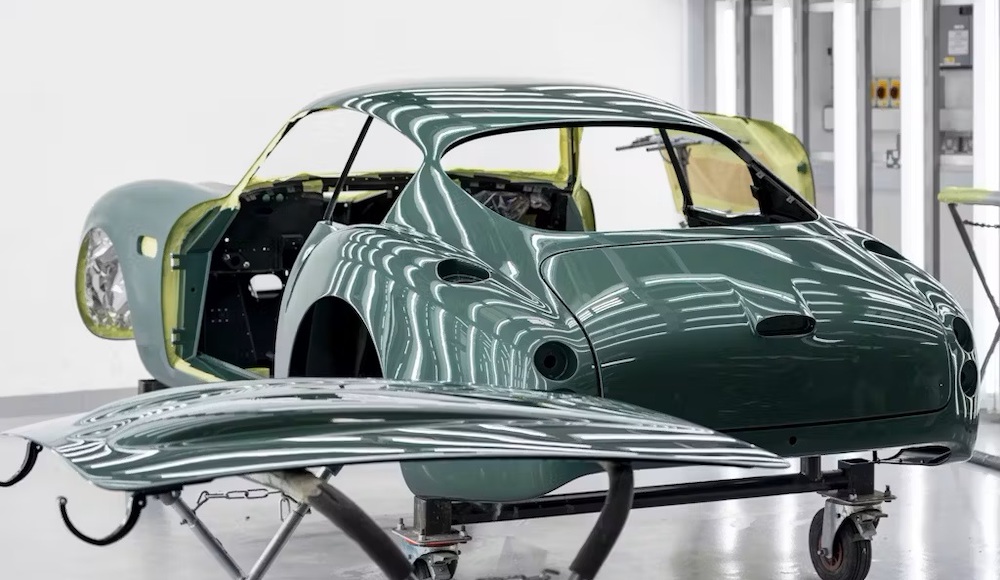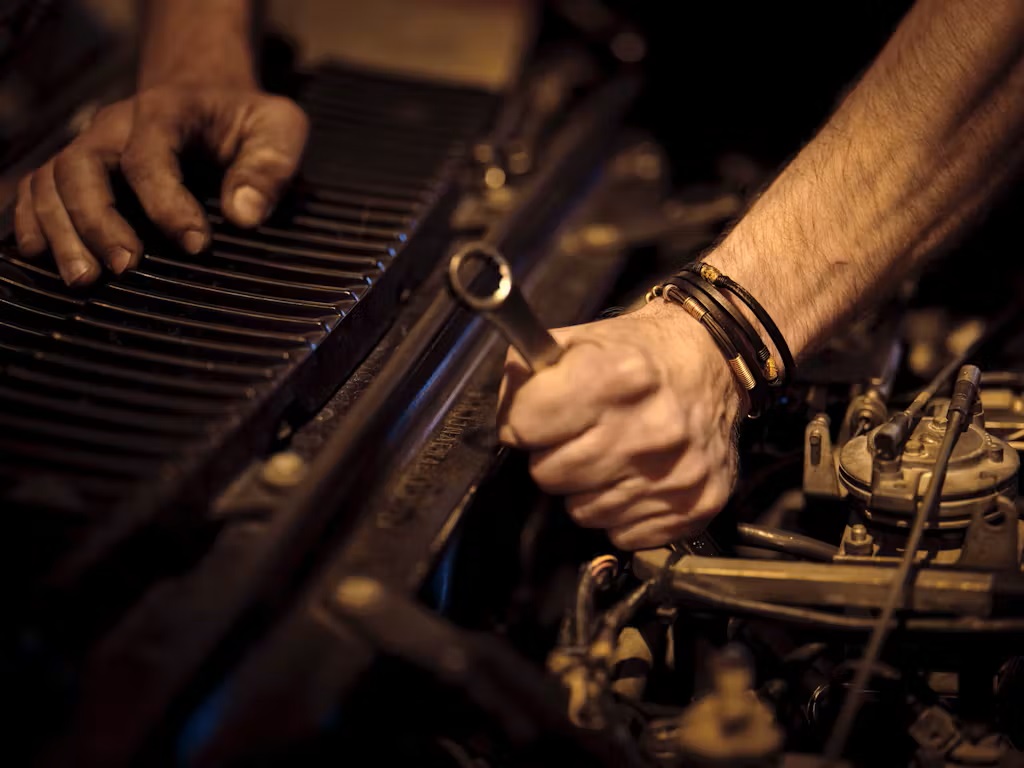The work life of Dave Kinney has been all about cars, but he has also a confession to fix what’s broken. Sure, he can glue stuff and he knows the way around some of the most basic tools, but a handyman he is not. Online courses taken at YouTube University have helped, but the reality is that you just don’t want anything DIY’d by Dave.

In his field of valuing cars, however, he has many examples of much better DIY work. This includes everything from simple fixes to entirely home-built automobiles. When it comes to the value of these cars, it all comes down to two simple words: build quality.

Yep, build quality. Hot rods? Build quality. Restored cars? Build quality. Rebuilt wrecks? Build quality. For anything that has been extensively touched by humans or machines not employed by the factory, those two words overrule the rest. And, in general, a repair or modification that leaves your car significantly different or objectively worse than when it left the factory will likely make it worth less than the same car in highly original or properly restored condition. Work done by well-known professionals also generally has a better value outlook down the line than even competent work you’ve done at home.
Of course, there are nuances here. The first has to do with the kind of car. Generally speaking, the more exotic and expensive the vehicle, the greater the scrutiny on your handiwork. For example, about 15 years ago, he looked at a Bentley whose dash had been replaced with plywood. Had this been a 1950s MG or an old pickup, he might has found this charming or at least forgivable. But a Bentley? Not so much.

For true high-dollar classics, the mere lack of a receipt for maintenance work from a reputable shop can be a black mark. He admires anyone with the gumption to attempt an engine-out belt replacement on a Ferrari, but he is willing to bet it won’t sell for as much as one that’s had the service done by professionals and has the paperwork to prove it. For a buyer, receipts are reassuring.
The next question here—and forgive Dave for getting personal—is who are you? What skills or qualifications do you really have? Think about it this way—a classic maintained at home by an aerospace engineer is going to attract more buyers than one maintained at home by a tax attorney. In the end, though, the work usually speaks for itself. When a car presents with a poor-quality paint job, incorrect parts or a botched interior re-do, the value prospects become dimmer.

The same basic rules apply to kit cars. From the 1950s and well into the 1980s, they were offered and built everywhere. You’d find them in the back pages of magazines for the mechanically inclined, as prizes on game shows, in the lots of new and used-car dealerships, even on raised displays at airports. The Mercedes (kinda almost) look-alike SSK’s, the VW-powered fiberfab exotic racers, the faux MG TDs with a motor mounted in the rear. The values for these projects depends heavily on how well they were finished (and, for that matter, if they were finished at all). The difference in quality between a kit car built to last a lifetime and one built to last a lunchtime is obvious. The difference in value between the two is astonishing. A professionally built or even factory-produced replica of a classic is also always going to be of better quality, and therefore worth money, than a replica built by a DIYer.
None of this is meant to discourage anyone from wrenching on their own car. Dave is in awe of those who can use those skills that he don’t possess—the building, fixing, repairing and restoring of automobiles. And, enjoyment rather than monetary value, should always be the primary return on a classic car. Yet if we’re talking about protecting an investment, it’s important to make sure work is done properly—even if that means paying an expert.
Report by Dave Kinney










